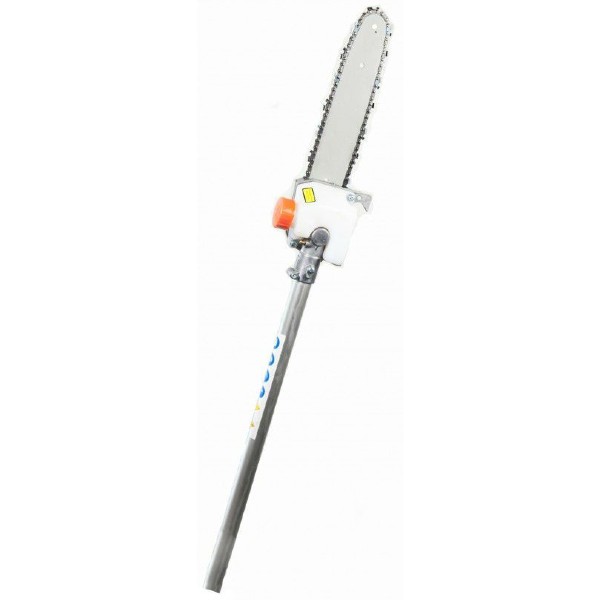The much-loved willow tree, also affectionately known as the weeping willow – or for those of us who have Latin language skills – the ‘Salix babylonica’ – has been a familiar sight across the British Isles for hundreds of years.

History, Size and Life Expectancy
We’re told these trees originated in Northern China, and found their way to Europe along the ancient silk routes, although history is unclear whether this was through fertilisation, or through trade alone. They have a life expectancy of up to 75 years, are fast growing, and may reach up to 45 feet – that’s around 15 meters!
Environment and Uses
Often found along riverbanks and close to ponds, they love the water’s edge, and absolutely thrive in the sunlight. Medically, there are plenty of uses for the weeping willow – it gave us an early version of the drug aspirin, and has been the source of many other treatments from ancient Chinese medicines, which are these days commercially marketed under famous brand names.

Dangers of Fallen Foliage
If your tree is near a pond, lake or slow-flowing stream, over time the fallen foliage will accumulate at the bottom of it, releasing toxins and gases, which are bad news for any fish and Insects. Pruning will help, as will clearing-out any already-fallen leaves.
When Should I Trim?
It’s important to trim at the right times, and to use the right equipment. The best time to prune your willow tree is when it’s dormant, which, in this country, means the later winter months, or early spring – at other times, you’ll find the tree will leak sap from the points at which it’s been cut, and that can cause disease and lead to the premature death of your tree. Dead or split branches can trimmed at any time of the year as part of routine maintenance.
What Tools Should I Use?
The best tools to use pruning or reducing your tree are handheld shears, with the long-handled type making it possible to trim higher growth without using ladders. Where the growth is thicker and woodier, you can use a handheld bow saw. There are, of course, many powered pruning tools available, with the pole pruner – which is essentially a compact chainsaw-head mounted at the end of a shaft – making the job quick and easy. Once you’ve finished, you’ll be left with debris you can turn into a useful mulch with a chipper-shredder.
Take Care!
When pruning, you should keep yourself safe with the correct PPE, as your health and wellbeing are just as important as that of your beautiful weeping willow!






